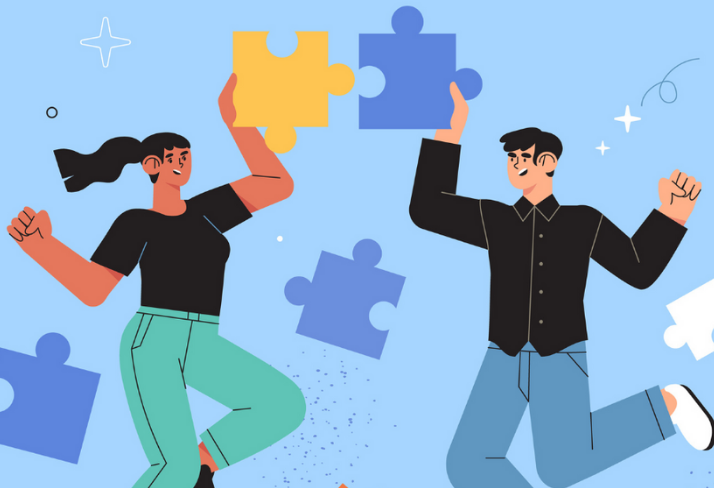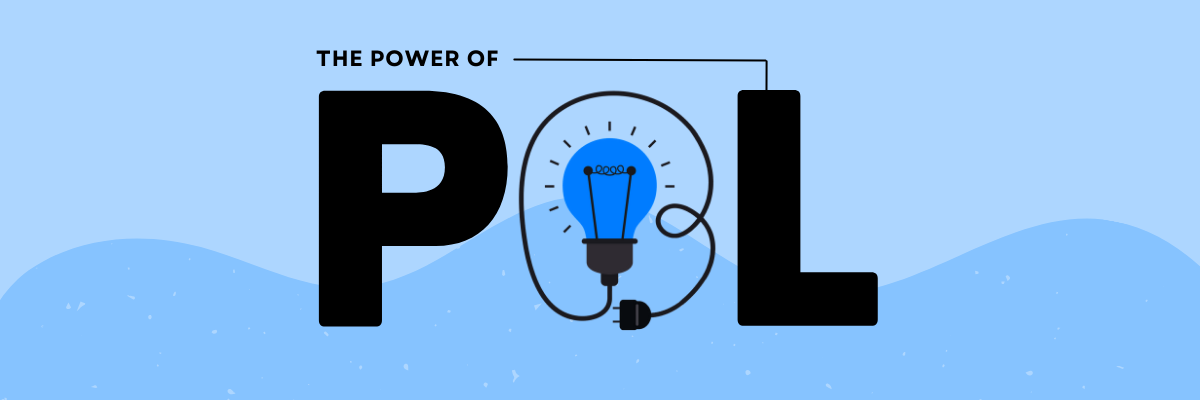|
Three entry points for designing project-based, student-centered instruction.
With the amount of interruptions and disruptions to learning over the last few years, many schools and teachers are faced with the reality that their curricula and instruction may no longer be relevant or appropriate, given all of the learning that’s been missed. As a result, teachers are wondering how to best revive their curricula to make it more reflective and responsive to their students’ needs. Furthermore, they are concerned with how to best promote and maintain engagement of their students, and incorporate fun into their learning.
Project-based learning can be a powerful solution. Projects promote high levels of student engagement while also supporting the acquisition of academic skills and content knowledge, and also real-world, 21st century capacities and characteristics, including: critical thinking, collaboration, creativity, and caring. Project-based learning puts students at the center, and are often inspired by real-world, community-based issues that matter to students, providing safe spaces for them to engage in meaningful reflection, and share their unique perspectives with the world. How can we make our instruction more project-based? Where do we start? Many teachers I work with are eager and excited to transition to project-based learning, but struggle with knowing how to begin. Their excitement is often met with fear and apprehension as they feel bound to a certain curricula or scope and sequence. Use the three considerations below to imagine the first steps you might take in creating more student-centered, project-based instruction.
Consider: Student voice and choice
One of the core principles of project-based learning is student choice. As teachers, we want to be thinking about where and how students can make decisions about their own learning. But this doesn’t have to be overwhelming — we can offer students choice within manageable parameters. A simple starting point can be to think about choice when it comes to topics, texts, or tasks. For example, if we know that students need to write a persuasive essay as one of our grade level or content area requirements, allow them choice in the topic they write about, or the texts they read as part of the process. Or, if we know that students need to read a certain text as part of a course, then allow them choice when it comes to the task of how they will share their learning (e.g. presentation, podcast, etc.).
Consider: An authentic audience
Another core principle of project-based learning is an authentic audience. Traditionally, the audience for student learning is the teacher, or maybe their peers. But how can we challenge this tradition and provide students with opportunities to write for a more real-world audience? The ability to communicate with specific audiences is an incredibly important skill, and something that will serve them beyond the classroom. When it comes to identifying an audience, we can use questions such as: “Who would benefit most from learning about this topic or reading this work?” Identifying an audience from the start, prior to launching into a unit, can support students in writing with this audience in mind, which should inform their tone, their language, and their vocabulary. But it doesn’t stop there — think about how your students can authentically connect with their audience, whether it’s through inviting them to a reading or celebration, posting their writing online, or even sending representations of their work in the mail.
Consider: A larger purpose
In line with thinking about an authentic audience, is connecting student efforts to a larger purpose. Most often, the purpose of student work is for a grade, or to pass a class. Projects, in contrast, have a deeper purpose that connects to the world outside the classroom, which can make them more meaningful and enjoyable for students. Whereas we might talk about the traditional purposes of student work as being to persuade, entertain or teach, identifying a more specific purpose can strengthen students' skills as writers and communicators. For example, a purpose could be to call someone to action to resolve a community issue, to share advice, or to challenge perspectives. Being more specific and deliberate with the purpose can help inform and inspire how students understand their efforts.
These three considerations reflect just some of the essential principles of project-based learning, and are a great place to start if you’re looking for manageable entry points to this type of work. These project elements can serve to inform extensions and/or revisions that you make to existing curricula, without it feeling overwhelming or impossible, and most importantly, help revive your curricula to make it more student-centered and student-driven.
|
|
The Center for Professional Education of Teachers (CPET) at Teachers College, Columbia University is committed to making excellent and equitable education accessible worldwide. CPET unites theory and practice to promote transformational change. We design innovative projects, cultivate sustainable partnerships, and conduct research through direct and online services to youth and educators. Grounded in adult learning theories, our six core principles structure our customized approach and expand the capacities of educators around the world.
|
ABOUT US
525 West 120th Street, Box 182 New York, NY 10027 416 Zankel Ph: (212) 678-3161 [email protected] Our Team Career Opportunities |
RESOURCES
Professional Articles Ready-to-Use Resources Teaching Today Podcast Upcoming PD Opportunities |
COACHING SERVICES
Custom Coaching Global Learning Alliance Literacy Unbound New Teacher Network Student Press Initiative |

























